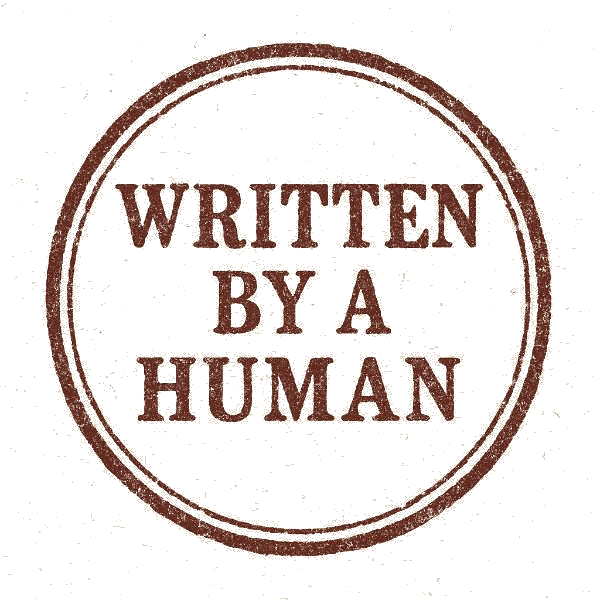Co-designing the Future of Learning and Development in the Civil Service
The Cabinet Office’s Policy Lab recently published Co-designing the Future of Learning and Development in the Civil Service. It’s an honest and insightful piece of work, based on the experiences of more than 700 civil servants, and it captures both the ambition and the frustration running through learning across the Civil Service.
What stands out isn’t just what people want from learning, but why they want it. Many respondents described an L&D offer that’s broad but hard to navigate, structured but not always relevant, and often too far removed from the work itself. They’re asking for learning that feels closer, more connected, more usable.
A few of the findings:
➕92% said practical experience is what makes learning stick, and 75% called for every programme to include time and space for workplace application.
➕65% emphasised the value of mentoring, peer learning and communities of practice, a recognition that learning happens through conversation as much as instruction.
➕83% said learning should carry the same weight as day-to-day work, signalling that culture matters as much as content.
➕88% stressed the need for inclusion and accessibility, so that learning is built for everyone, not adjusted afterwards.
Threaded through the report is a strong message about context. Civil servants want development that connects to their team’s purpose and the organisation’s goals - not a catalogue of generic modules, but learning that fits their work, their environment and their priorities.
There’s also a clear appetite for learning as a shared process. The report highlights the power of collaboration: peer networks, mentoring and communities of practice that stretch across departments and professions. In many cases, people said the most useful learning they’d had came from colleagues - seeing how another team solved a problem, or hearing a practical example that felt transferable.
Underpinning it all is the idea of continuity: learning as part of the rhythm of work. Participants talked about wanting support from managers and structures that allow reflection and follow-up: not just a one-off workshop but learning that builds momentum.
Together, those insights sketch a model of learning that’s applied, collective and continuous, less about courses and more about context, less about one-off delivery and more about connection, reflection and shared practice. It’s learning as part of the job, not next to it.
Reading it, I couldn’t help noticing how familiar it all sounded. The picture the report paints - learning that’s applied, social and grounded in live work - mirrors the pre-launch findings that helped us shape Teamshaper.

Found this helpful? Share it with your network:
Share on LinkedInWant to build stronger teams?
Contact us to learn more about our bespoke training programmes.
Or follow us on LinkedIn for updates and insights.

